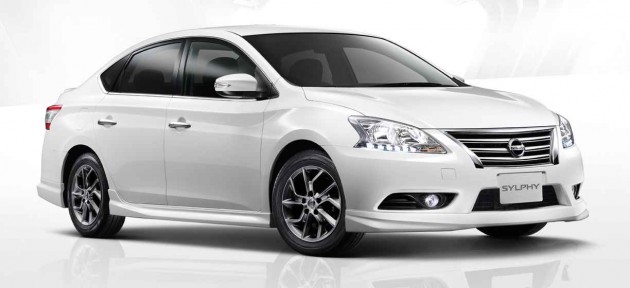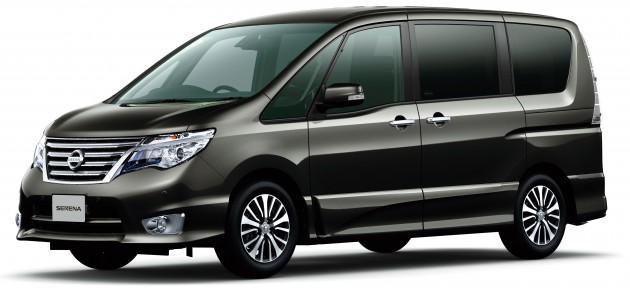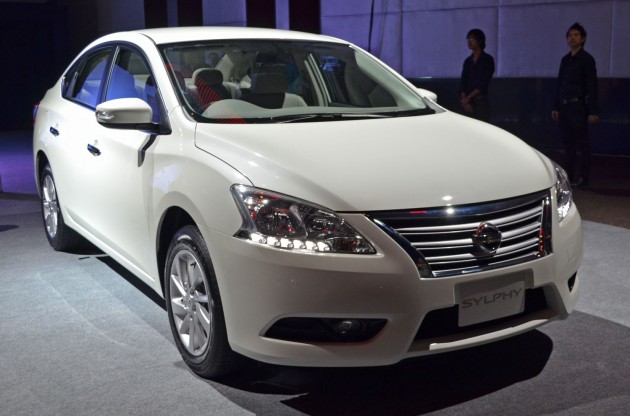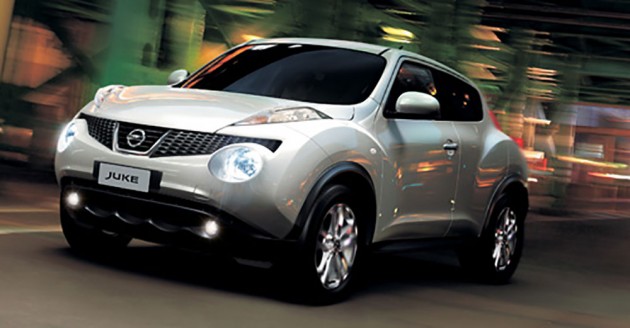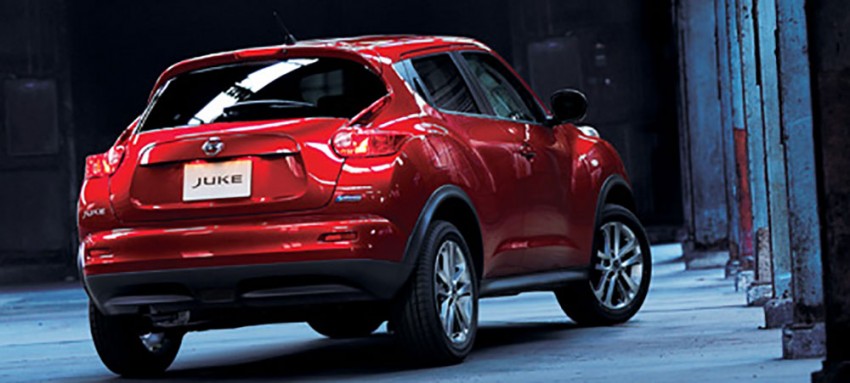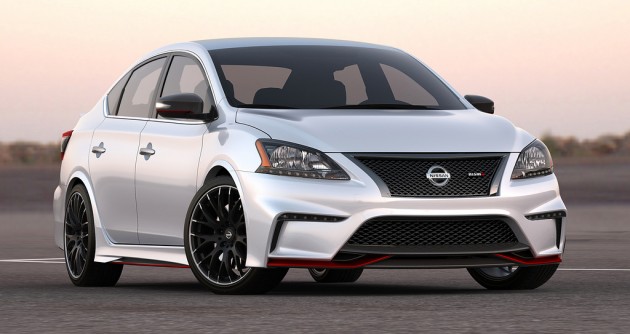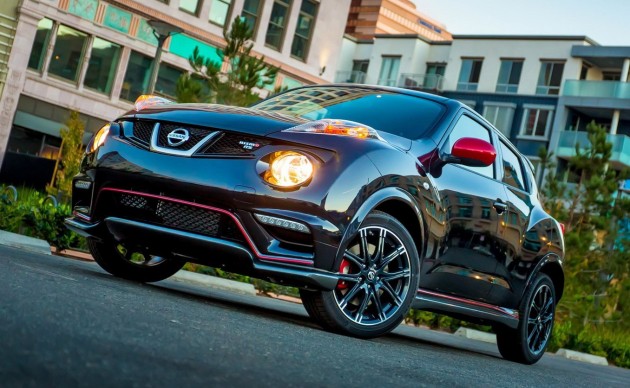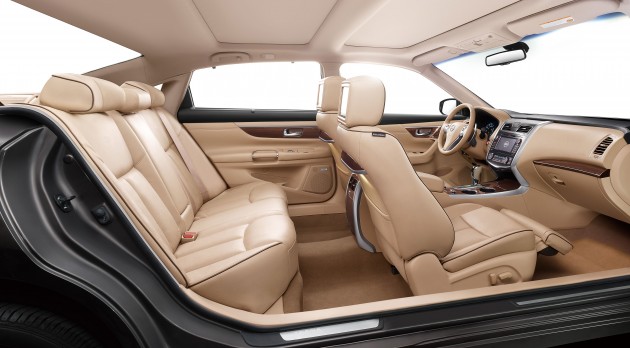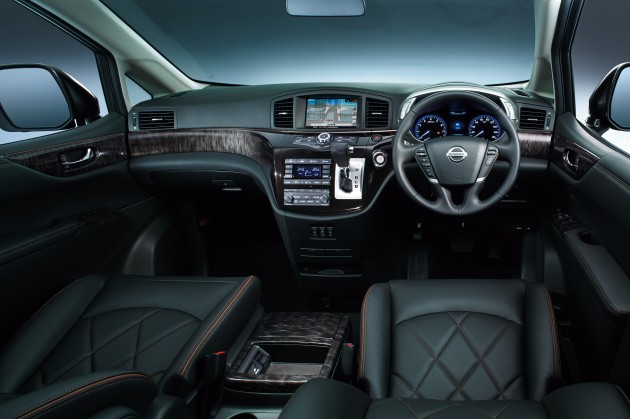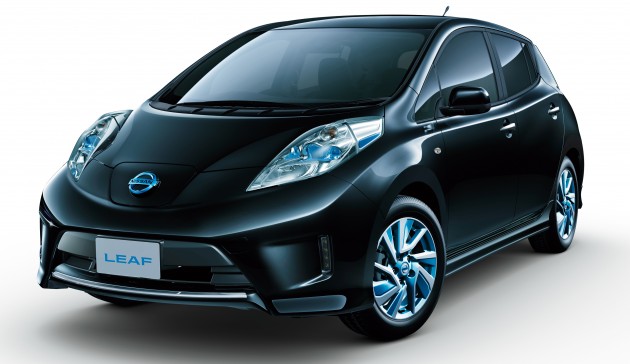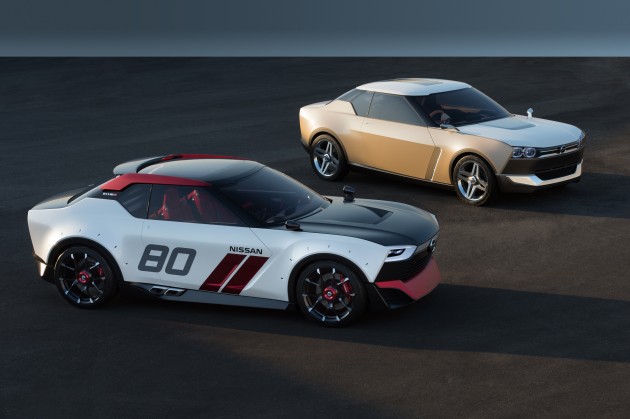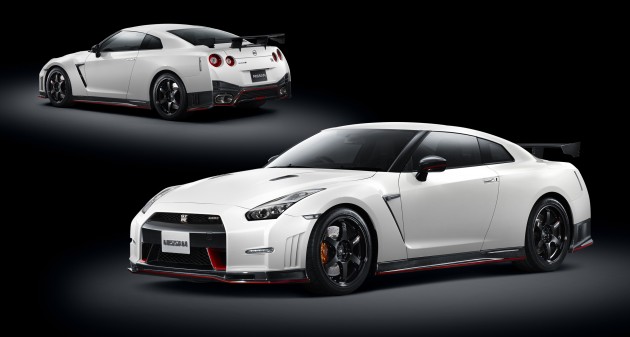
It’s finally out – the hotly-awaited Nissan GT-R Nismo has been revealed in Japan. It’s big news not because everyone can’t wait to buy one, but because we want to know just how much faster it can be over the standard car, which is plenty fast by anyone’s standard.
For starters, the ultimate GT-R gets a tuned-up 3.8 litre twin-turbo V6 with 600 hp and 652 Nm of torque, with bits and pieces taken from the Nismo’s racing parts bin. New high-flow, large diameter turbochargers improve breathing, while optimised individual ignition timing control for each cylinder and upgraded fuel pump improve combustion.
It’s more than just a power upgrade, of course, as overall performance has also been given a thorough once over through optimised aerodynamics and suspension, to achieve a well-balanced machine that is at home on both the road and track. Nissan also claims that it has done so without compromising refinement.
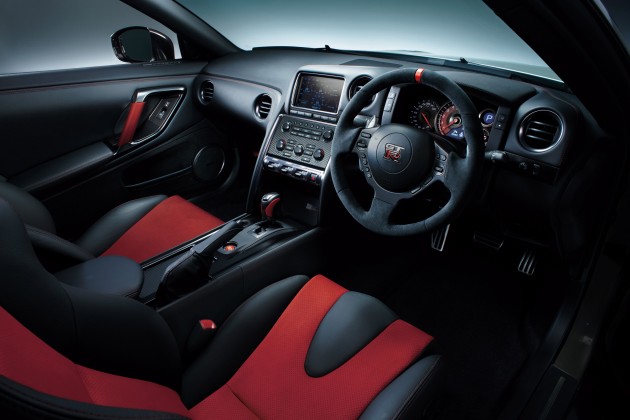
Bespoke springs and Bilstein DampTronic dampers deliver enhanced grip and handling. Three dynamic settings are available: Comfort, Normal and R, for circuit applications. Dunlop rubber developed exclusively for the GT-R Nismo – 255/40 R20 front and 285/35 R20 rear – plus tuned suspension linkages and special anti-roll bars add to the dynamism.
The Nismo has improved chassis rigidity by using adhesive bonding on top of usual spot welding treatments for extra precise response under extreme loads. That’s the benefit of a factory-tuned special – you just can’t get the same treatment from aftermarket shops.
For good measure, a team was sent to set a time at the Nurburgring, and they didn’t disappoint. The GT-R Nismo completed a lap of the Green Hell in 7 minutes 8.679 seconds, making it the fastest volume production car there. That’s a good 10 seconds quicker than a standard GT-R’s best time and more crucially for Nismo, six seconds faster than the Lexus LF-A Nurburgring.
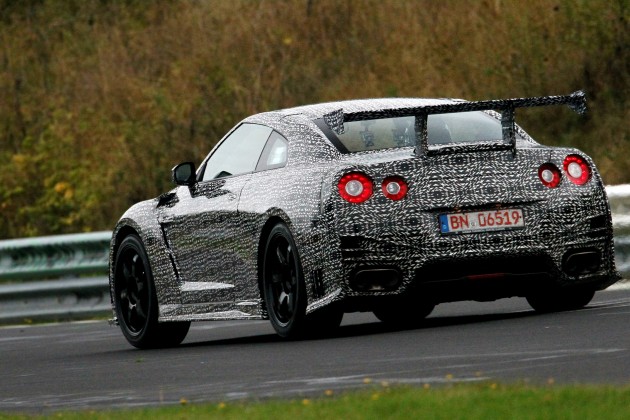
On the outside, a new aerodynamic package generates an extra 100 kg of downforce at 300 km/h compared to the standard car. The front bumper, engine undercover strake and carbon-fibre rear spoiler are functional additions, designed with the latest Computational Fluid Dynamic (CFD) simulation techniques.
Five body colours are available: Brilliant White Pearl, Meteor Flake Pearl Black, Ultimate Metallic Silver and Vibrant Red, and unique to the GT-R Nismo, Dark Matte Grey seen in the pictures here. There’s only one set of wheels to choose from though; black six-spoke alloys inspired by Nissan’s GT500 race car.
Inside, there are sculpted carbon-fibre backed Recaro seats with red highlights, Nismo steering wheel dressed in Alcantara and a carbon-finish instrument cluster. As for the price, expect it to command quite a healthy bump over the standard car. Who’s to say it’s not worth the premium?
